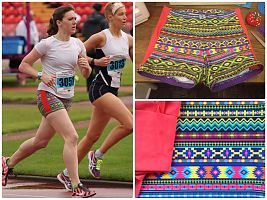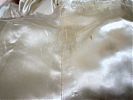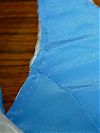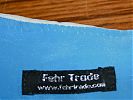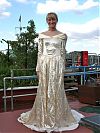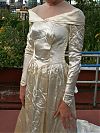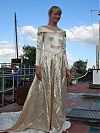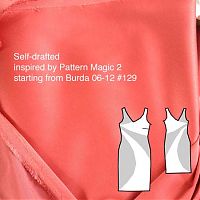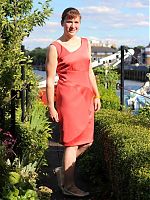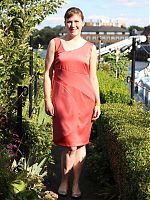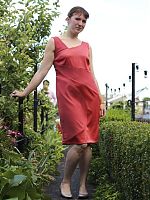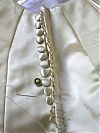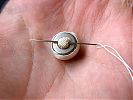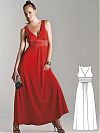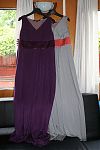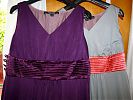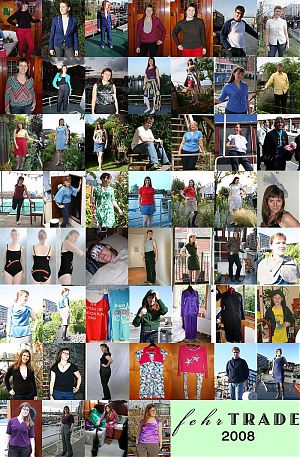You can pretty much assume by this point that if I’ve gone a bit quiet on this site, then it probably means I’ve been sewing up a storm behind the scenes and am just struggling to find the time to tell you all about it! And yes, it’s happened again… So I’ll try and catch you up on a bunch of things at once!
Sewing Indie Month – Pattern Bundle 1
Remember how much fun Sewing Indie Month was last year?? It was a full month full of interviews, great tutorials (like Heather Lou showing you how to turn my XYT Workout Top into a summer maxi dress!), and fabulous Sew Along prizes and it’s back again this September!
But because us pattern designers know how much you all love a bargain, we’ve joined forces to create two pattern bundles in advance of Sewing Indie Month, and the first pattern bundle is on sale now through Wednesday 12 August only.
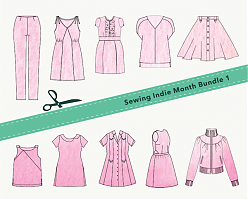
Click through to see all the included patterns and the different tiers, including some brand new patterns exclusive to this bundle! The cool thing here is that you’re not only buying these patterns for well under the usual price, but 20% of bundle proceeds will be donated to the International Folk Art Alliance, which provides education and exhibition opportunities to folk artists from around the world. So you’re helping out other crafters, too!
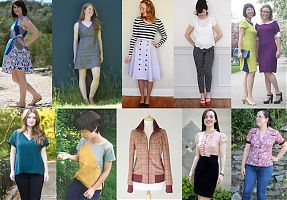
I made the Lolita Patterns Sugar Plum dress a few years ago and honestly, it’s one I still wear in regular rotation (and looks so much better than the photos in my post, annoyingly!). The Sugar Plum dress is a knit/woven hybrid, but the patterns in this first bundle are mostly wovens, so the sale timing gives you time to make muslins before the sewalong contest begins in September while supporting small women-owned businesses and raising money for charity. You can see the size range for each of the included patterns here, too.
Aztec Duathlon Shorts
Psychologically, short shorts make me run faster. Well, not really, but I think they do, and that’s all I need! So, a few weeks ago, with the British Transplant Games coming up, I managed to squeeze out a new pair of Duathlon Shorts for the occasion!
